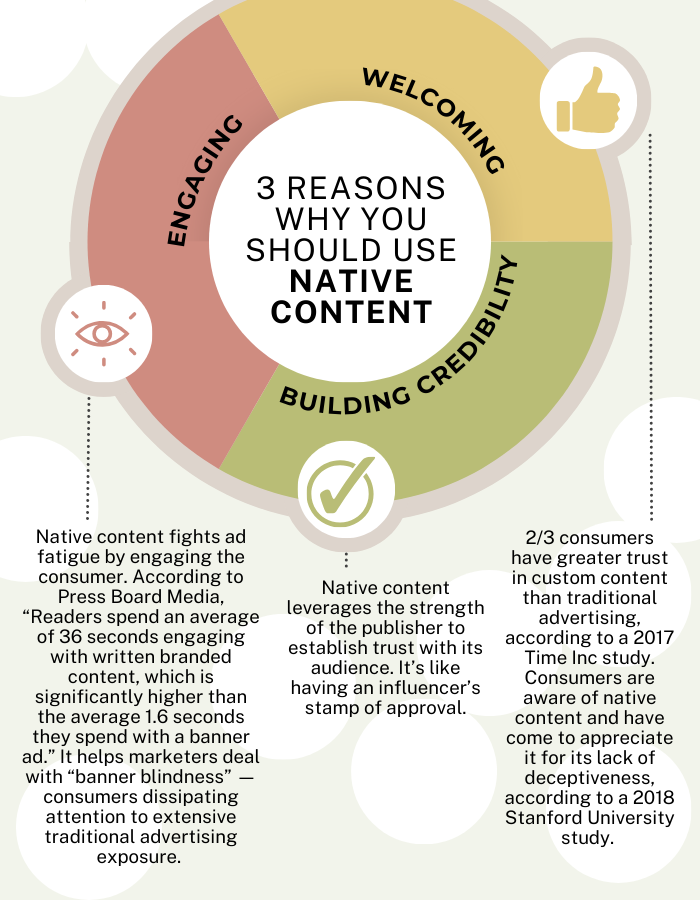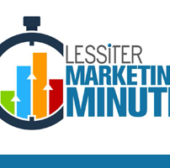
By Téalin Robinson
Client Services Coordinator, Lessiter Media
trobinson@lessitermedia.com
262-777-2430
Native content, branded content or sponsored content, has become increasingly popular by offering valuable information and leading to more business.
One in three media planners report that using content to engage with their audiences is a top strategic goal, and 50% of marketers plan on increasing their investment in content marketing in 2024 (HubSpot State of Marketing Report, 2024).
Digitally, native content fits seamlessly into a website’s design and regular content as opposed to being distracting and loud like traditional web ads.
It’s similar but not the same as native advertising. CopyPress says native advertising was introduced first. Traditional web or print advertisements mimic the look or feel of the websites or publications they are promoted on.
Native content, on the other hand, is informative and engaging. It’s a longer-form piece of content such as an article, blog post, video, infographic or case study, rather than a traditional ad, according to CO—. Native content is most successful when the reader cannot differentiate the branded content from the publisher’s natural content.
Native content requires a label such as “branded content,” “sponsored content,” “ad partnership,” “true native,” “premium native,” “paid content” or “brought to you by” to distinguish itself, often including the sponsor’s logo, but is otherwise incognito.
According to CopyPress, “The idea behind native content is that your brand wants to integrate its message or presence into media and material people already see on a daily basis. If you can put your brand name and content in front of your target audience where they already spend time, you don’t have to do anything extra to get their attention.”
Here are 3 reasons why you should implement native content marketing, courtesy of CopyPress, CO—, Time Inc, Stanford University and PressBoardMedia.



